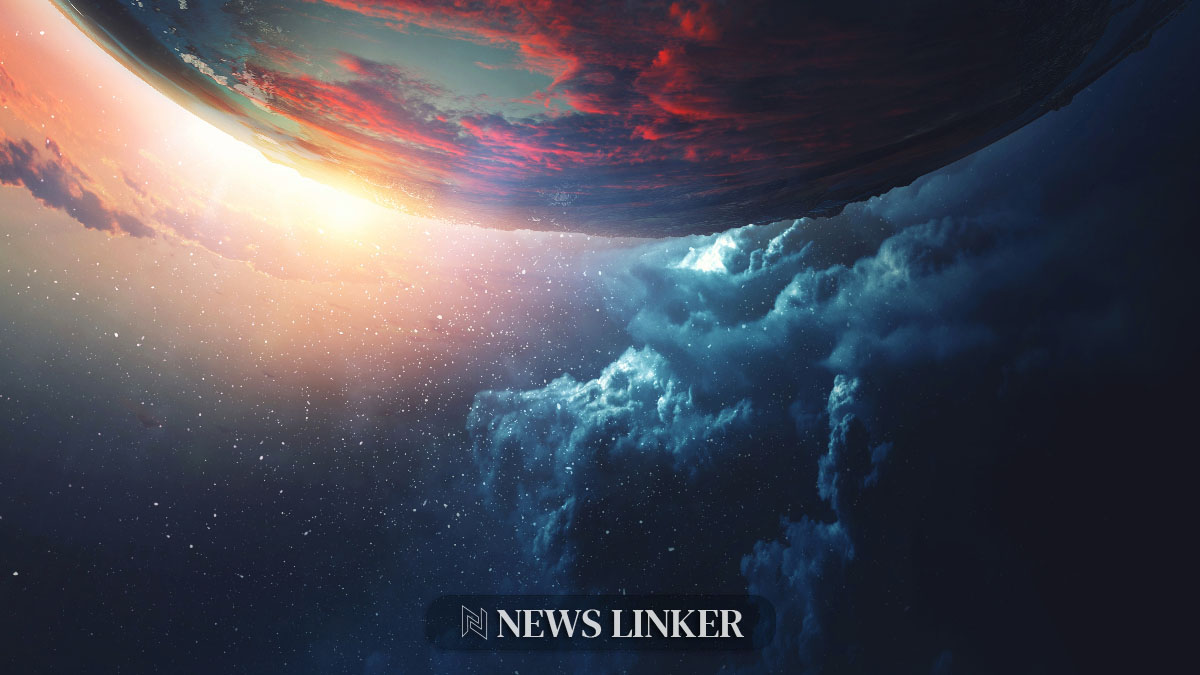The revelation that a neutron star and a black hole have collided, producing detectable gravitational waves, heralds a new chapter for astronomy. The merger occurred 650 million light years away, with the black hole being unusually small, having a mass only 2.5 to 4.5 times that of our Sun. This groundbreaking event, captured by LIGO-Virgo-KAGRA’s fourth observing run, not only adds a new dimension to our understanding of cosmic events but also ignites curiosity about the possibilities within the ‘mass gap’—a previously debated range of stellar remnants.
Gravitational wave astronomy has been expanding our cosmic horizons since the first detection in 2015. Earlier findings focused on stellar mass black holes identified primarily through X-ray emissions, while neutron stars were typically pinpointed by radio waves. The mass gap, a region with a deficit of objects between three to five solar masses, posed an enigma. Were these mass gap objects truly rare, or was it a matter of detection sensitivity? This recent discovery implies that mass gap objects might be more common than previously assumed, challenging the current astronomical paradigms.
How Was the Merger Detected?
The LIGO-Virgo-KAGRA network’s vigilance paid off when it discerned the gravitational waves from the merger involving a neutron star and a mass gap black hole. The signal emanated from a celestial dance between an object 1.2 times the mass of the Sun and its more massive partner. It was a landmark discovery, as it shed light on the elusive mass gap, indicating that these intermediary-mass objects might not be as scarce as once thought.
Why is the ‘Mass Gap’ Significant?
The so-called mass gap has been a source of contention among scientists, with intermittent discoveries that stoked the debate regarding its existence. The traditional separation between neutron stars and black holes seemed clear-cut until objects within the gap were sporadically identified. The detection of gravitational waves from this merger offers tangible evidence that may lead to a greater understanding of the mass gap and the objects it harbors.
What Improvements are Expected in Detection Technology?
Researchers, including the LIGO team at the University of British Columbia, are striving to enhance the sensitivity of gravitational wave detectors. The focus is on refining mirror coatings and improving the optical equipment for future LIGO detectors. Moreover, advancements are not limited to hardware; software for data analysis is also undergoing significant upgrades. These initiatives aim to boost the detection capabilities, promising a brighter future for gravitational wave astronomy and the potential unearthing of more mass gap objects.
In a related scientific paper titled “The future of gravitational wave astronomy” published in the journal Nature Reviews Physics, comprehensive analyses emphasize the transformative impact of gravitational wave detections on astrophysics. The paper delves into technological advancements and the scientific milestones anticipated to arise from improved detection methods, closely aligning with the current breakthrough and the ongoing efforts to bridge the sensitivity gap in astronomical observations.
Points to Take into Account
- Gravitational waves provide insights into cosmic events and objects.
- Mass gap objects may be more numerous than previously recognized.
- Technological advancements promise enhanced detection of gravitational waves.
The detection of gravitational waves from a rare merger between a neutron star and a low-mass black hole not only fills a gap in our cosmic knowledge but also raises new questions about the formation and evolution of stellar remnants. This discovery reinforces the importance of investing in the sensitivity and precision of gravitational wave detectors, as they bear the potential to rewrite astrophysical theories and expand our understanding of the universe. The findings also suggest a more abundant presence of mass gap objects, propelling astronomers to reconsider their models of stellar evolution and death. As the scientific community continues to analyze the wealth of data from LIGO-Virgo-KAGRA’s observations, one thing is certain: the cosmos still has many secrets to unveil, and gravitational wave astronomy will be at the forefront of uncovering them.










